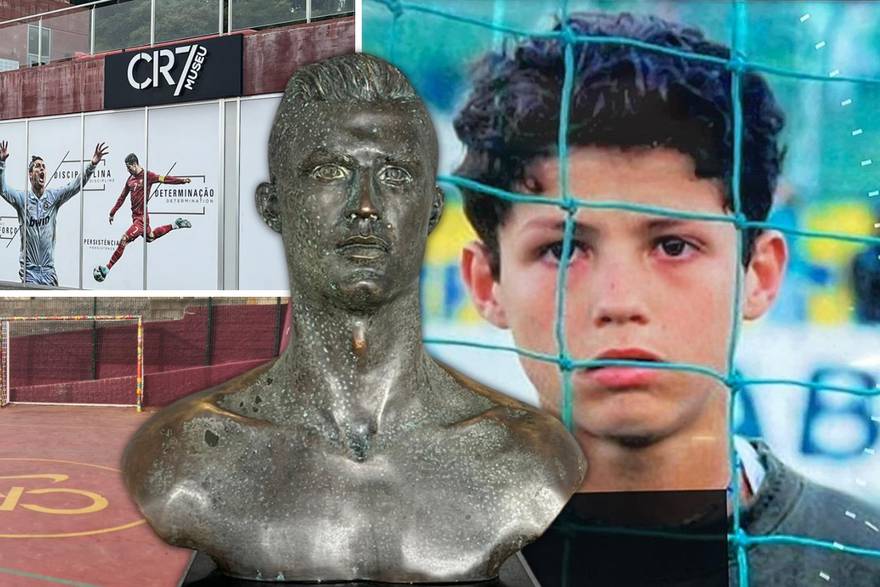Pope Francis: What happens after the Pope’s death?

Pope Francis remained on the papal throne for 12 years Before leaving his last breath today at the age of 88. With his death, complicated rituals begin to promote a new Pope of the Roman Catholic Church.
The rules predicting succession are governed by a « Constitution » known as the Universi Dominici Gregis approved by Pope John Paul II in 1996 and revised by Pope Benedict’s 2007 and 2013.
A cardinal, known as Camerlengo (Economist), currently the Irish-American Cardinal Kevin Farrell, will run the usual cases of the Roman Catholic Church of nearly 1.4 billion members during the period known as « sit ».
He officially confirms the death of the Pope, a simple case nowadays that includes a doctor and a death certificate. Until at some point in the 20th century, this was ritual by hitting a silver hammer on the pope’s front three times.
Camerlengo and three assistants selected between the cardinals under 80, known as cardinal electors, decide when the pope’s body will be transferred to St. Peter’s Basilica to be exposed to a popular pilgrimage.
They also make sure to break the « fisherman’s ring » (papal power distinctive) and the pope’s lead stamp so that they cannot be used by anyone else. In his body no necropsy is performed.
Camerlengo locks and seals the Pope’s personal residence. In the past, this was done in apartments in the Apostolic Palace, but Francis lived in a small suite in the Vatican hostel known as Santa Marta.
Camerlengo and the other cardinals cannot make important decisions affecting the Church or change its teachings. The leaders of most of the Vatican services resign until the new Pope approves or replace them.
Mourning ceremonies last nine days, and the date of the funeral and burial will be decided by the cardinals. Universi Dominici Gregis says they should start between the fourth and sixth day after his death.
Funeral – What changed Pope Francis
Pope Francis, who avoided much of the brilliance and privileges of the leadership of the World Catholic Church, modified and simplified papal funeral ceremonies in 2024.
The funeral service will take place in St. Peter’s Square, but unlike many of his predecessors, Francis asked to be buried in the Basilica of St. Maria in Rome to be close to his favorite icon of Our Lady.
Francis also asked to be buried in a simple wooden coffin, as opposed to his predecessors, who were buried in three interconnected coffins from cypress, lead and oak.
He also asked not to expose his body on an elevated platform, or catapult, to St. Peter’s Basilica to see visitors to Rome, as was the case with previous popes.
Cardinals from all over the world arrive in Rome after the death of a Pontiff. They hold daily meetings, known as General Assemblies, to discuss Church issues and expose the characteristics that everyone believes that the new Pope should have.
Cardinals aged 80 years or older can attend the general gatherings, but they may not participate in the Conclave for the selection of the next Pope, which is a concentration of cardinals under 80 years of age. Much of the discussion takes place in personal contacts between the cardinals.
Traditionally, a period of mourning 15 days before the start of a conclav is observed. Before resigning in 2013, Pope Benedict amended the « Constitution » so that he could begin earlier if the Cardinals chosen, or at most 20 days after death, if some cardinals find it difficult to reach Rome.
The conclave takes place in the Sistine Hat. Until the two Conclaims of 1978, who elected John Paul I and John Pavlos II, the Cardinals lived in improvised rooms around the Sistine hats.
From the 2005 Conclain, who elected Pope Benedict, they vote in the Sistine Hat, but stay in the Santa Marta hostel, with about 130 rooms. Santa Marta is sealed and transported by bus to Sistine Hat.
The word conclave comes from Latin and means « with a key ». It comes from a tradition that began in the 13th century, where they locked the Cardinals to force them to decide as quickly as possible and limit external interventions.
These days, participants are prohibited any communication with the outside world. Phones, internet and newspapers are not allowed and Vatican police use electronic security devices to enforce the rules.
In addition to the first day of the Conclavian, where a vote takes place, the Cardinals vote twice a day.
The election requires a two -thirds majority plus one vote. If no one is elected after 13 days, a second round is held between the two dominant candidates, but a two -thirds majority is still required. This is done to promote unity and discourage the search for compromise nominations.
‘Habemus Papam’
When the Conclave elects a pope, they ask him if he accepts and which name he wants to get. If it refuses, the process begins again.
The young Pope wears the white vestments prepared in three sizes and sits on a throne in the Sistine Hat to welcome the other cardinals, who pay tribute and promise obedience.
People will learn that the Pope has been elected when an official burns the paper ballots with special chemicals to get white smoke from the chimney of the chapel. Black tobacco indicates a vote with no result.
The superior elector among the cardinal deceased, at present, the French Cardinal Dominic Maberti, goes up to the central balcony of St. Peter’s Basilica to announce the crowd at Habemus Papam Square (we have a Pope).
Then the new Pope appears and gives the crowd his first blessing as a Pontiff.
Source: Reuters







